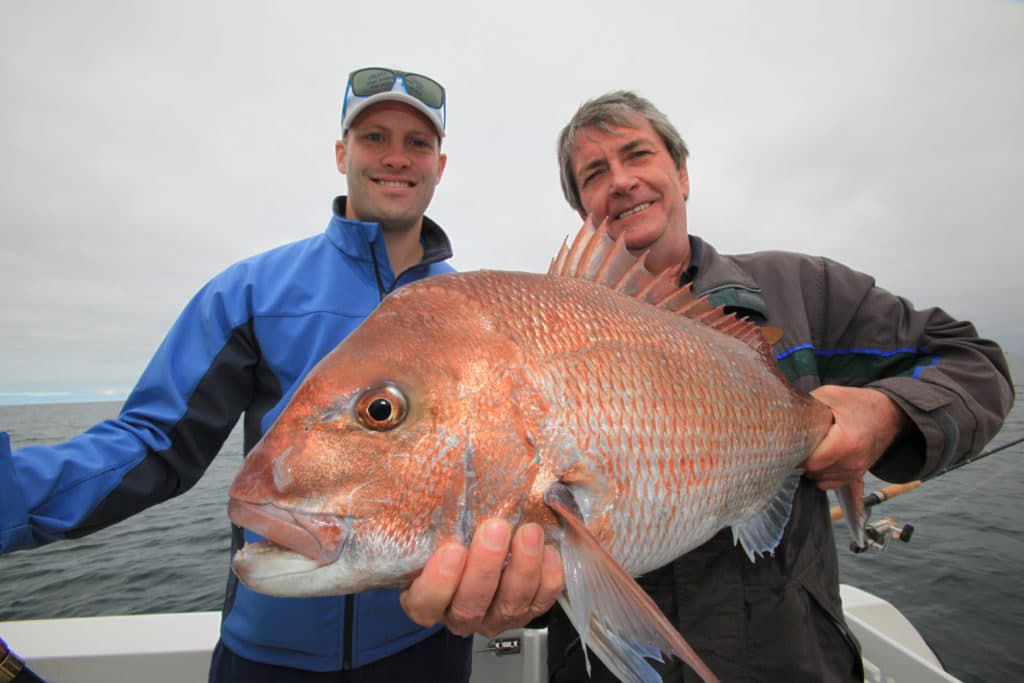When you’ve seen one fish egg, you’ve seen ‘em all, more or less.
They’re generally tiny translucent spheres a few millimeters in diameter with some yellow or whitish material inside.
In an ocean of similar fish eggs, often floating about where many the spawn of many species is intermixed, a quick visual to identify all the eggs in a sample that came from a certain species has been impossible.
That could change, thanks to a technology announced by scientists at the South Australian Research and Development Institute in Adelaide.

Scientists at that facility have developed a molecular marker that turns red snapper eggs a fluorescent blue.
These aren’t American red snapper but in fact are a large species of porgy, Pagrus auratus, important commercially and recreationally.
The molecular probe attaches itself to a specific gene target — a small section of DNA unique to southern Australian snapper, otherwise known as squirefish. Project leader, Dr. Mike Steer, says this is a major step forward in management of the species.
“Until now we have had to rely largely on catch-and-effort information from fishers to determine stock estimates,” he says. “This new approach will help us work out how many snapper are in our waters, by literally counting their eggs.”
Steer suggests molecular marking of fish eggs might be adapted for many other species.








